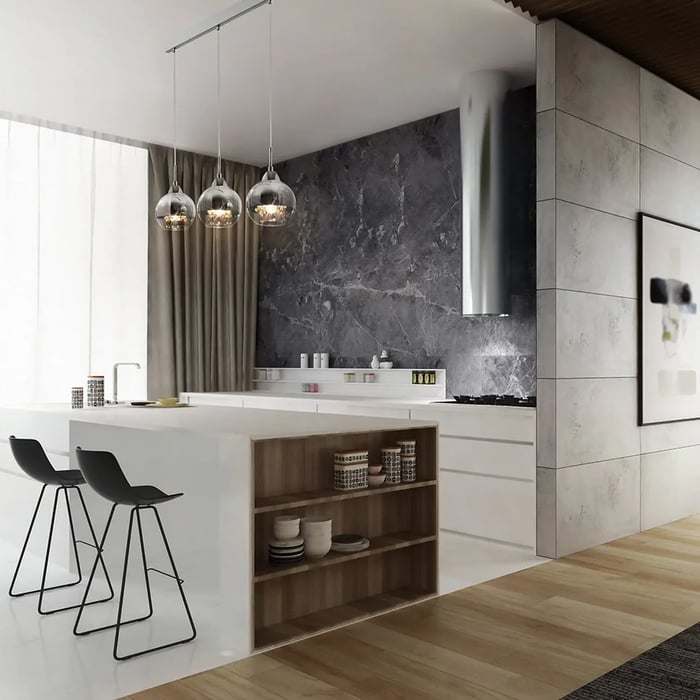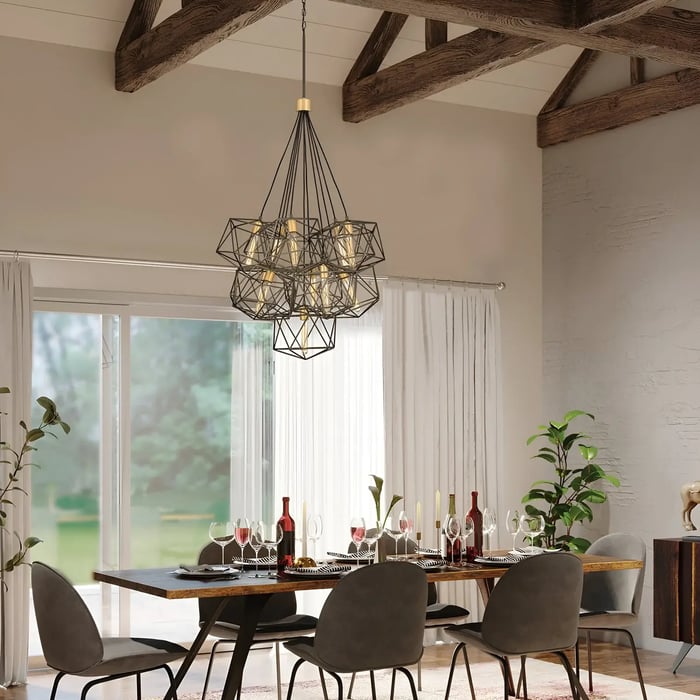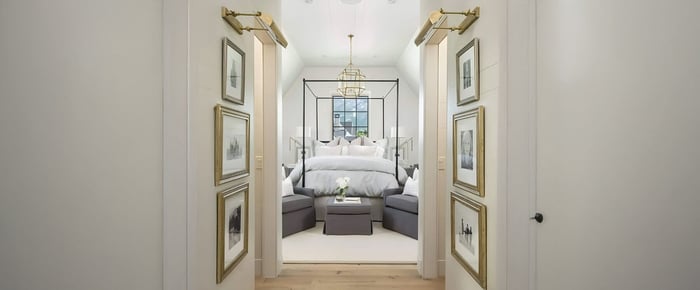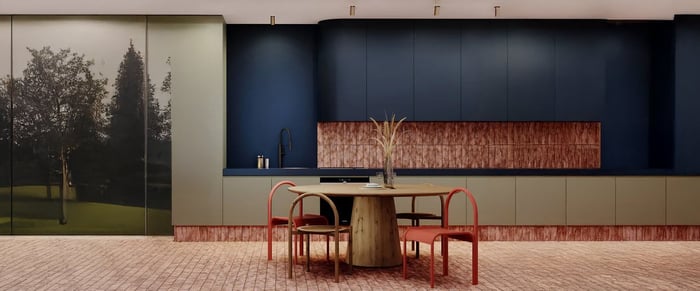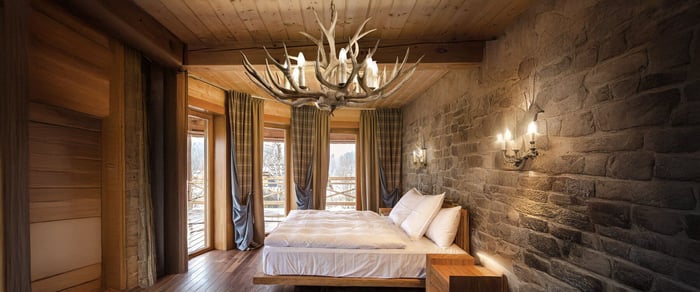1. Introduction to Pendant Lights
Pendant lights are a popular and versatile lighting option that hang from the ceiling, offering both functional illumination and aesthetic appeal. Unlike traditional ceiling lights, these fixtures are designed to hang down, typically featuring a single bulb or a series of bulbs housed in various styles and materials. They are ideal for providing focused light in specific areas, making them a great choice for kitchens, dining rooms, or living spaces.
Over the years, pendant lights have gained immense popularity in modern homes and commercial settings. Their minimalistic design or bold, eye-catching styles can enhance the overall decor while providing practical lighting solutions.
2. Different Styles of Pendant Lights
There are various styles of pendant lighting available, allowing homeowners to select the perfect fixture for their needs. Here are a few popular types:
Modern Pendants: Featuring clean lines and a minimalist design, these lights are perfect for contemporary interiors. Their subtle elegance complements any modern home, offering stylish lighting for spaces like the kitchen or living room.
Industrial Pendant Lighting: Made from metal and exposed bulbs, these add a touch of raw charm to urban lofts and modern spaces. These fixtures are ideal for kitchens or dining rooms, creating an industrial feel.
Luxury Pendants: For a more elegant touch, luxury pendant lights incorporate materials like crystal, glass, and brass to create a sophisticated atmosphere. These fixtures are perfect for grand entryways or dining areas where they can serve as a statement piece.
Vintage Pendant Lighting: Offering a retro flair, these lights are perfect for spaces that aim to evoke nostalgia. They add warmth and charm to any room, including kitchens, home offices, and dining rooms.
Contemporary Pendant Lighting: Combining trendy elements with timeless appeal, contemporary pendant lighting is adaptable and can suit a variety of decor styles. These lights are ideal for those who want to mix modern aesthetics with functionality.
3. Different Types of Pendants
When choosing pendant lights for your space, it’s important to consider the style and function of the fixture. Here’s an overview of five popular types of pendants:

Bar Pendants
Bar pendants are long, linear fixtures that are perfect for providing even lighting over a larger area. These lights are commonly used above kitchen islands, dining tables, or counters to illuminate the space evenly. Bar pendants often feature multiple bulbs arranged in a row, making them an excellent option for modern kitchens or dining areas where both style and functionality are key.Single Pendants
Single pendants are among the most versatile and widely used fixtures. These lights hang individually and provide focused illumination in a specific area. They are ideal for highlighting a particular spot in a room, such as above a kitchen sink, a breakfast nook, or a bedside table. Their simple design and variety of styles allow them to blend seamlessly into almost any decor.
Cluster Pendants
Cluster pendant lights are made up of multiple smaller pendants arranged together in a single fixture. This design allows for a bold visual statement while providing ample lighting. Cluster pendants are perfect for larger spaces or rooms where you want to create a dramatic effect. They work beautifully over dining tables, kitchen islands, or in entryways, where the combination of lights can add depth and interest.Drum Pendants
Drum pendant lights feature a cylindrical shade that provides soft, diffused lighting. These lights are great for creating ambient lighting in larger rooms, such as dining areas, living rooms, or bedrooms. The wide, soft light they emit makes them an excellent choice for general illumination, providing both style and warmth to your space.Multi-Light Pendants
Multi-light pendant lights feature several bulbs hanging at different lengths, often creating a cascading or clustered effect. These fixtures are perfect for adding sophistication to any room, offering both functional lighting and a decorative focal point. Multi-light pendants are ideal for larger dining rooms, living areas, or spaces that require a statement light fixture that also delivers plenty of light.
These types of pendants can enhance both the aesthetic and functional aspects of your space. By understanding the features of each type, you can select the perfect pendant light to complement your home’s style and lighting needs.
4. Choosing the Right Pendant Light for Your Space
When selecting pendant lights, there are several important factors to consider to ensure you choose the perfect fixture that complements your room and meets your lighting needs. Here are key points to guide your decision:
Size of the Space
The size of the room determines the type and quantity of pendant needed. In large rooms or open-concept spaces, you may need multiple pendant lights or larger fixtures to provide sufficient light. Larger pendants or clusters can create a statement, adding both illumination and visual interest. For smaller rooms, compact pendant lighting works best, offering the right amount of light without overwhelming the space. Keep the scale of your furniture and the room’s proportions in mind to achieve balance and harmony in your design.Ceiling Height
Ceiling height is a crucial consideration when selecting pendant lighting. In rooms with high ceilings, longer pendants or multi-light fixtures can work well. These can hang lower, making a bold visual impact while effectively lighting the space. For lower ceilings, shorter pendants or flush-mounted fixtures are more suitable. They help avoid crowding the room and ensure the fixture complements the space without making it feel cramped. Low-hanging lights can create intimacy, but they should not obstruct the view or make the space feel congested.Lighting Needs
Think about the purpose of the lighting. Pendant lights can serve as general illumination, task lighting, or accent lighting. Task lighting is ideal for focused activities like reading or cooking, while accent lighting can highlight architectural features or art. Choose a pendant light that meets the specific needs of your space, whether you need wide coverage or concentrated light.Style and Material
Consider the style and material of your pendant . Choose a fixture that complements your room's decor - modern design or a rustic, industrial look. Materials like brass add sophistication, while natural materials like wood create a warm, inviting atmosphere. The right material and finish will enhance your space, making the pendant light a functional and stylish feature.
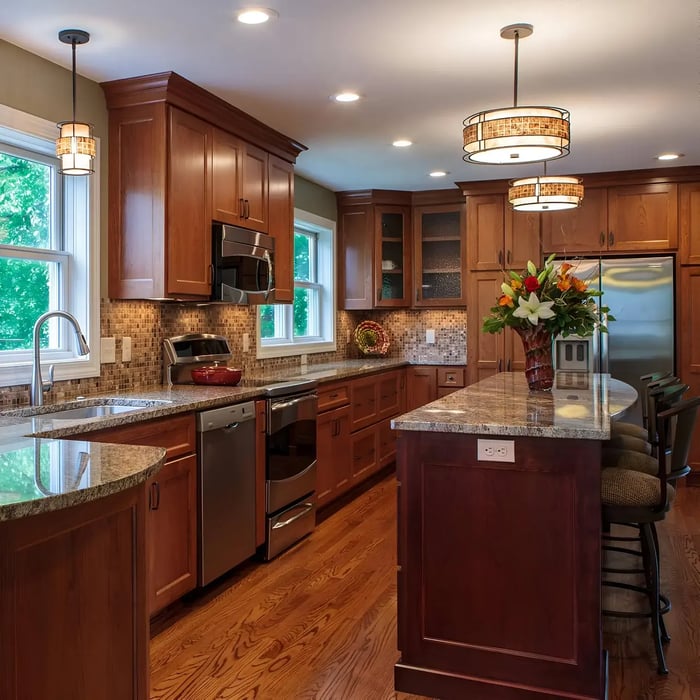
5. Design Trends and Ideas
These lights are constantly evolving, with new trends emerging each year. Popular styles currently include:
- Mid-Century Modern Pendant Lights: These lights, with their stylish lines and geometric shapes, add a vintage touch to contemporary spaces.
- Boho Pendant Lighting: Perfect for creating a relaxed atmosphere, boho pendant lighting made from rattan or wood is ideal for casual spaces like living rooms or bedrooms.
- Brass Pendant Lighting: Brass is making a comeback in the world of lighting. Brass pendant lights add timeless elegance to both modern and traditional rooms.
In addition to their own style, pendant lighting can be paired with other fixtures, such as chandeliers, to create a layered lighting effect. Combining different types of lighting enhances the ambiance of the room and adds visual depth.
6. How to Install Pendant Lighting
Installing pendant lighting is a straightforward process. Follow these steps to install your new light fixture:
- Turn off the power at the circuit breaker to ensure safety.
- Install the mounting bracket securely to the ceiling.
- Connect the wiring from the pendant light fixture to the ceiling wiring.
- Attach the pendant light to the mounting bracket and secure it.
- Install the bulb and turn the power back on to test the light.
For complex setups, such as multi-pendant arrangements, consider hiring a professional electrician.
7. Maintenance and Care of Pendant Lighting
To keep your pendant lights looking their best, regular maintenance is essential. Over time, dust and debris can accumulate on your fixtures, diminishing their sparkle and effectiveness. Cleaning your lighting ensures they continue to perform well and look stunning in your space. Start by dusting the fixture regularly with a soft cloth to prevent the build-up of dirt. For deeper cleaning, use a microfiber cloth, as it attracts dust without scratching the surface.
For fixtures with glass or crystal components, it’s important to use a gentle glass cleaner to keep them sparkling. Apply the cleaner to a soft cloth rather than directly to the fixture to avoid streaks or damage. Be sure to clean the light bulbs themselves, as dust can accumulate and reduce their brightness. If your pendants have intricate details or delicate finishes, avoid harsh chemicals or abrasive materials that could cause damage.
In addition to cleaning, check the wiring and connections periodically to ensure the fixture is secure and operating properly. If you notice any flickering or irregularities, it’s a good idea to replace the bulb or seek professional help.
8. Conclusion
Pendant lights are a versatile and stylish lighting option that can enhance any room. If you're looking for focused task lighting over a kitchen island, ambient illumination in the living room, or a bold statement piece in the dining area, this lights offer the perfect solution. From modern designs to timeless vintage and luxurious fixtures, these lights are ideal for creating an atmosphere that complements your decor.
With their aesthetic appeal and practical function, pendant lights can transform your home’s design. By selecting the right pendant light for your space and maintaining it properly, you can ensure it continues to provide both beauty and function for years.


